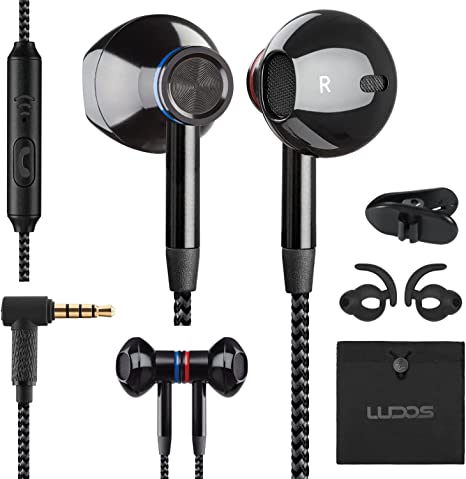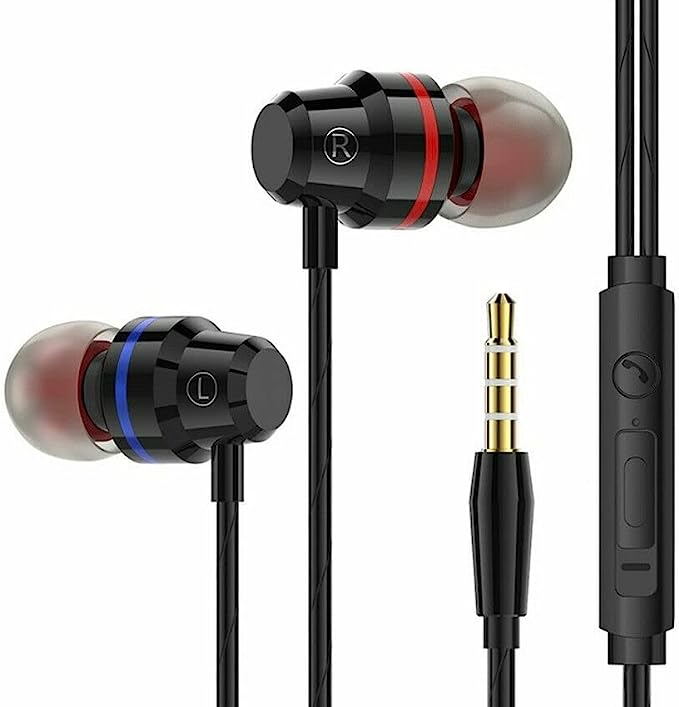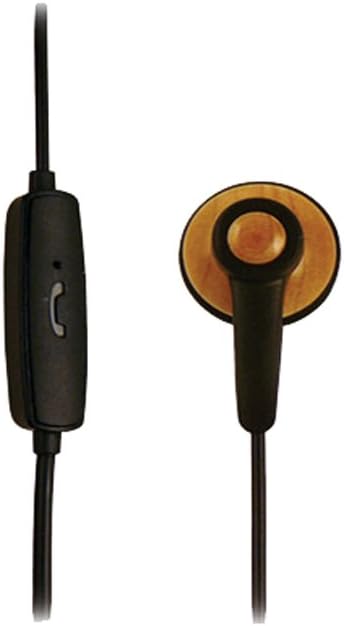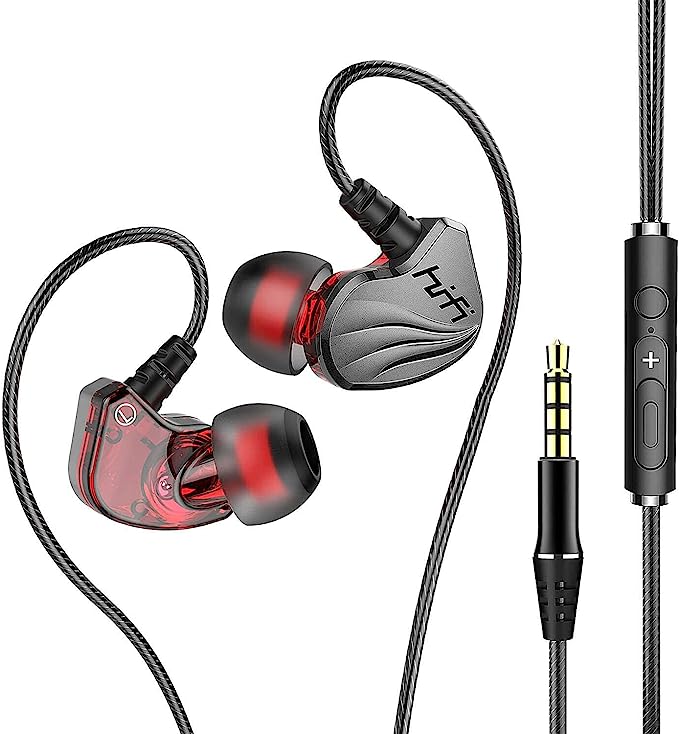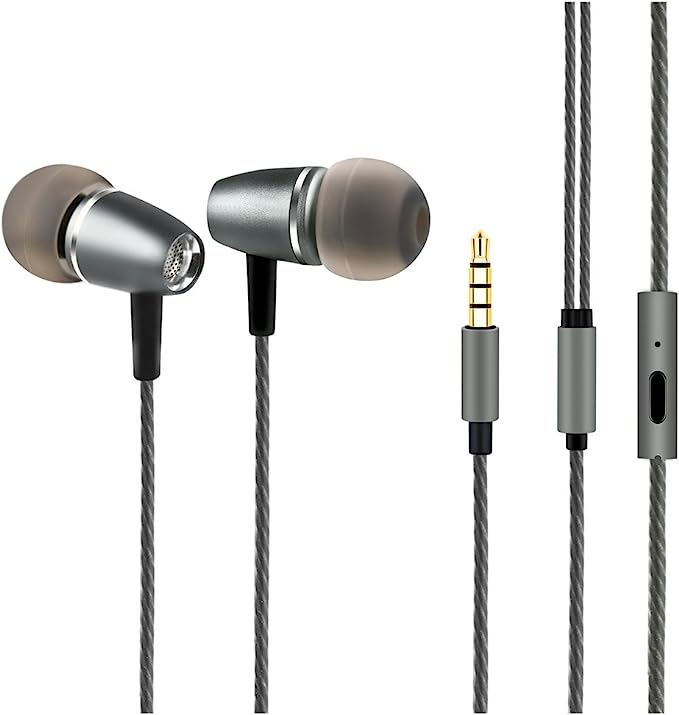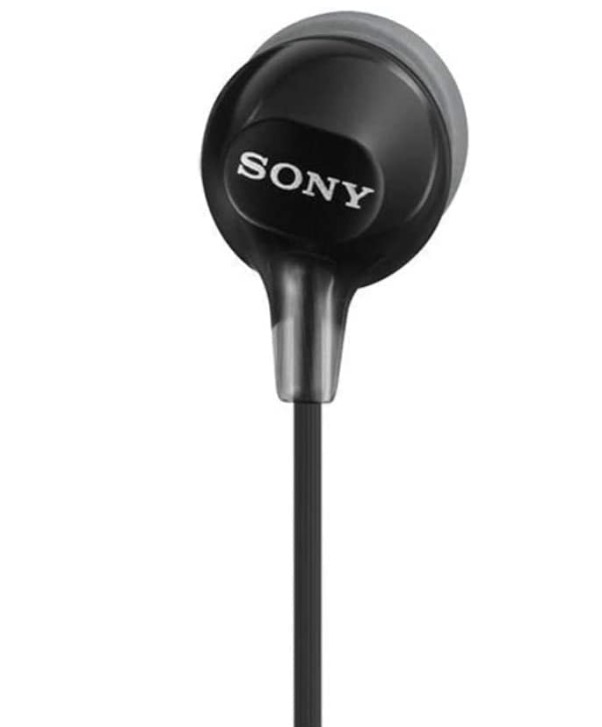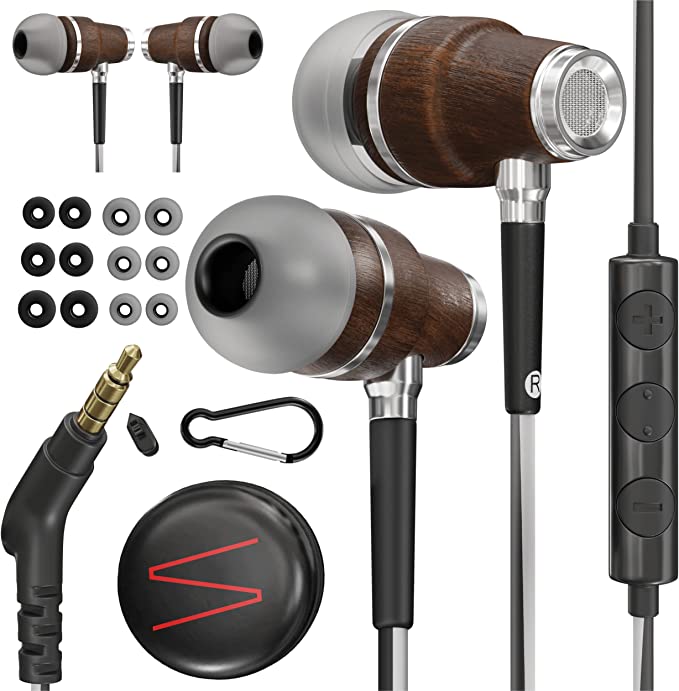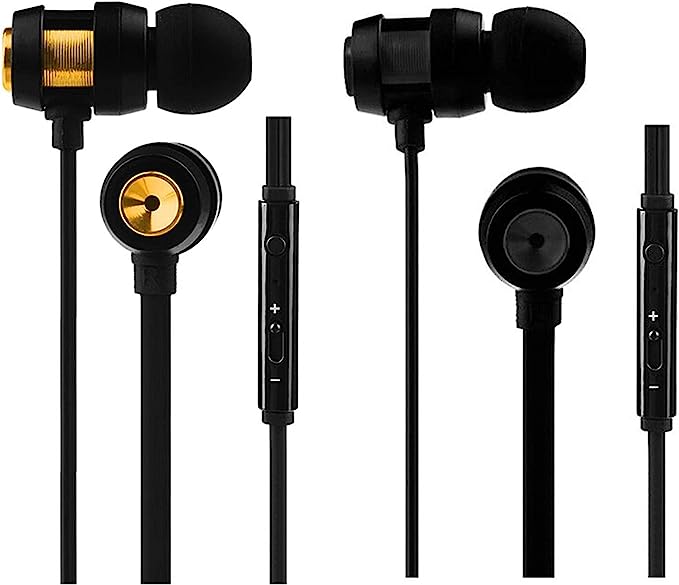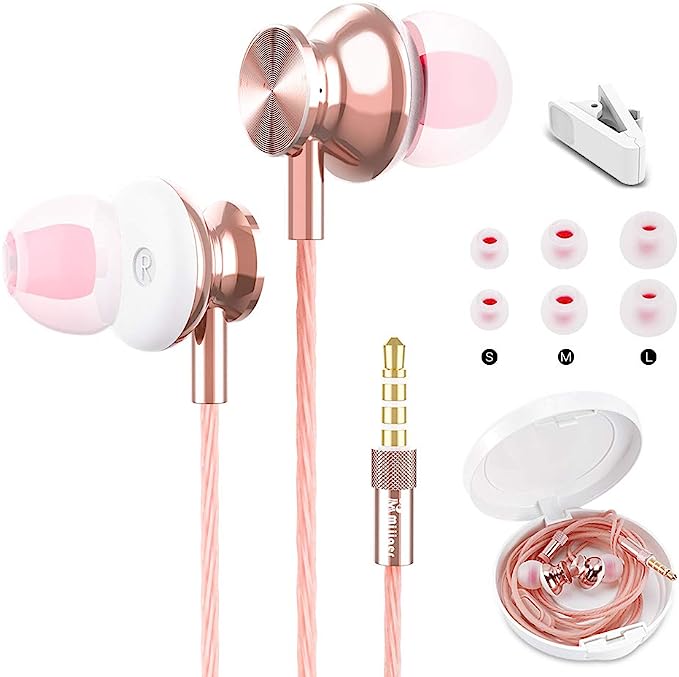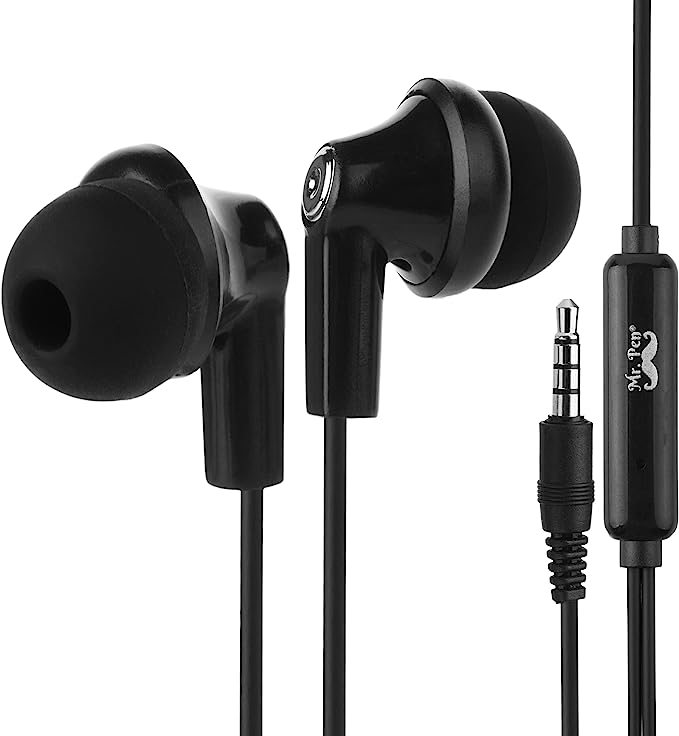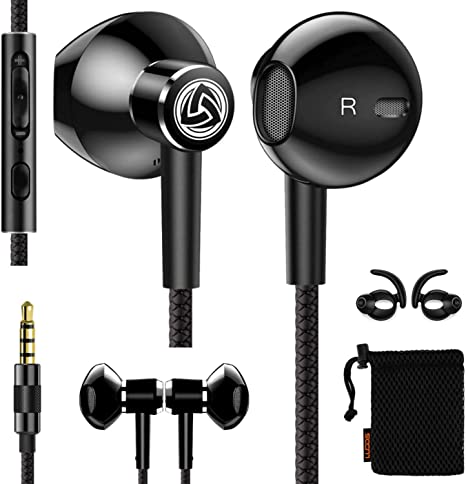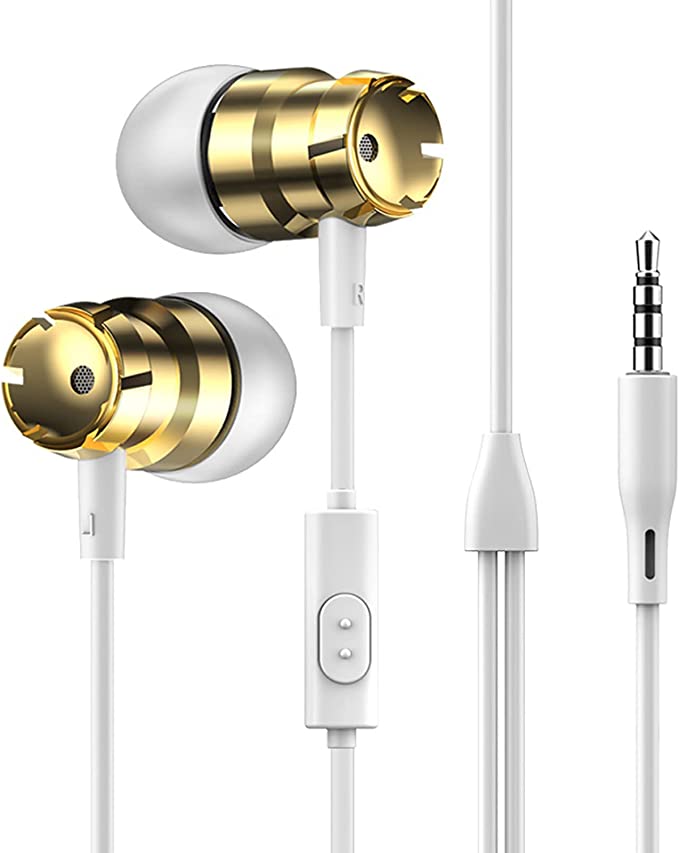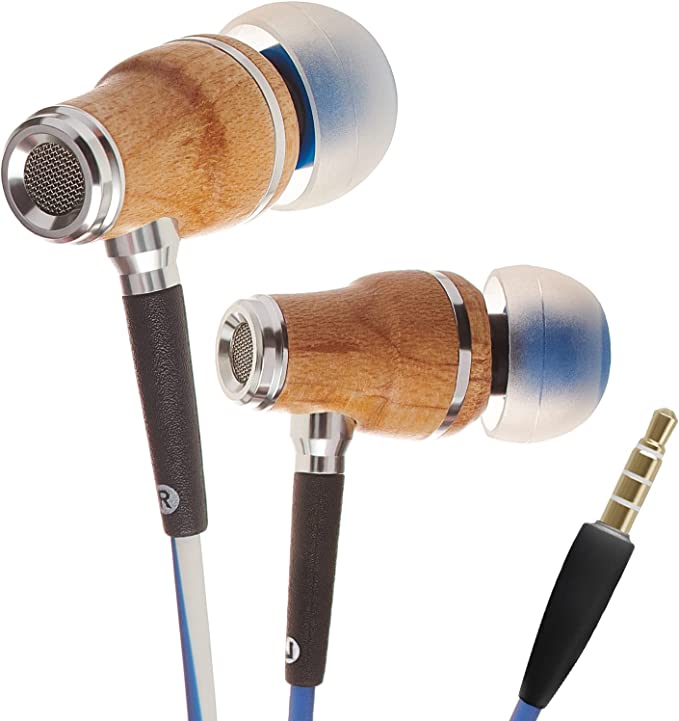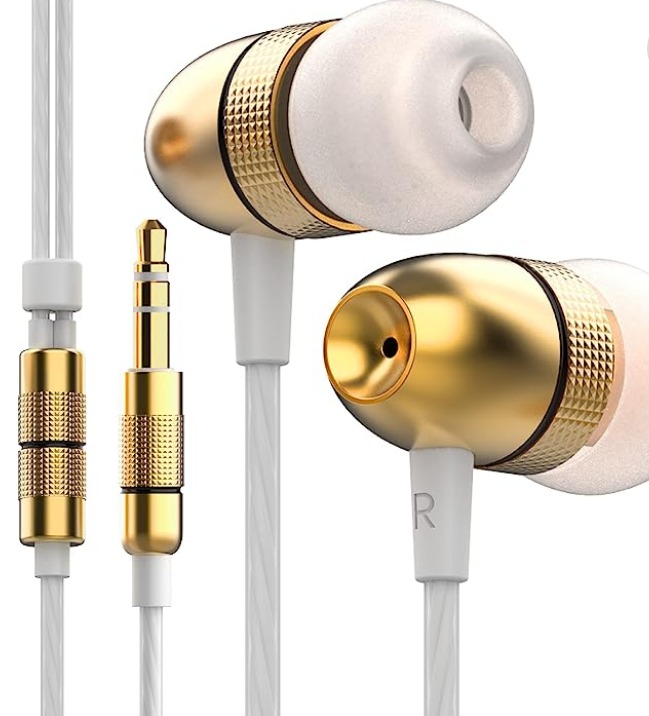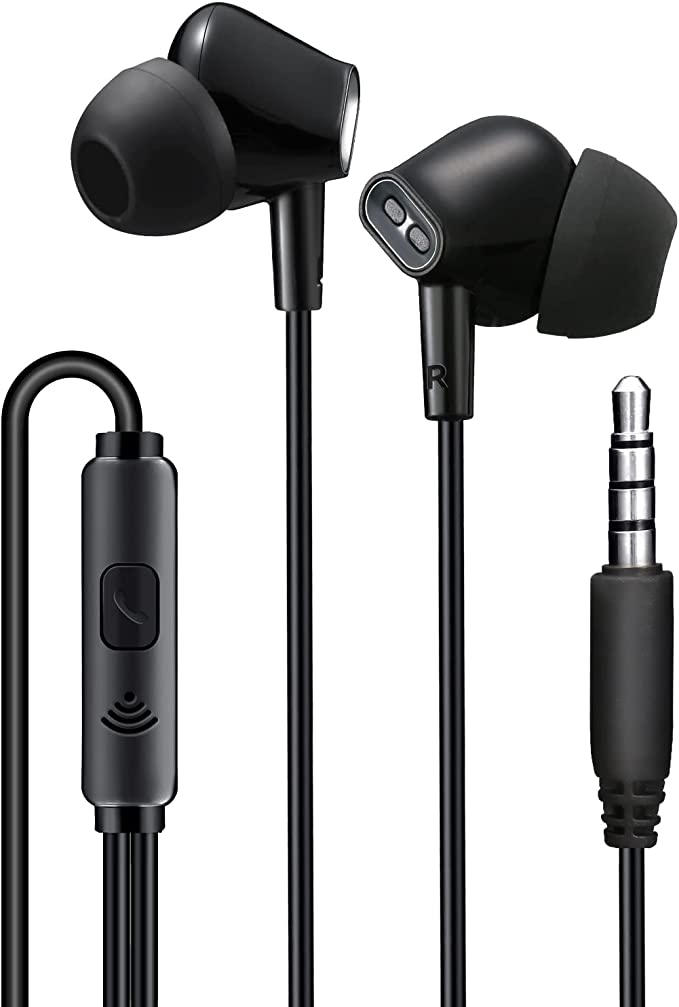The Persistence of the Wire: Why Simple Earbuds Can Be the Smartest Choice
Update on Nov. 14, 2025, 5:25 p.m.
In an era dominated by wireless connectivity, the humble wired earbud seems like a relic. We’re told that the future is untethered, a seamless world of Bluetooth pairing and charging cases. Yet, a significant number of people continue to reach for devices with a simple, physical cord. Is this mere nostalgia, or is there a deeper, more practical wisdom at play?
The persistence of the wire isn’t an accident. It represents a conscious choice for reliability, value, and a purity of function that can sometimes get lost in the race for new features. By deconstructing a classic, widely-used model like the Sony MDREX110AP, we can uncover the compelling engineering and physics principles that make a compelling case for this enduring technology. This isn’t a review, but an exploration of a philosophy: the idea that sometimes, the simplest solution is also the smartest.

The Physics of Purity: The Unbeatable Signal Path
The foremost advantage of a wired connection is rooted in fundamental physics. An audio signal is a complex electrical waveform. In a wired setup, this signal travels from your device (phone, laptop, or classic iPod) through a copper cable directly to the drivers in the earbuds. This path is direct, passive, and incredibly robust. There is no compression, no digital-to-analog conversion happening in the earbud, no potential for radio frequency interference, and zero latency.
This offers two critical benefits:
-
Signal Integrity: Wireless audio, by necessity, involves compressing the audio signal to transmit it efficiently over Bluetooth. While modern codecs have become remarkably good, some data is inevitably lost or altered in the process. A physical wire transmits the signal in its unadulterated form, ensuring that what the artist recorded is what reaches the earbud’s driver. For those who prioritize sound fidelity, this direct path is the gold standard.
-
Zero Latency: The delay between a signal being sent and being heard is known as latency. For music listening, minor Bluetooth latency is often unnoticeable. But for gaming, watching movies, or music production, it can create a distracting disconnect between what you see and what you hear. A wired connection transmits the signal at nearly the speed of light. The latency is, for all practical purposes, zero.
The Engineering of Value: Decoding Mature Technology
Affordable wired earbuds like the Sony MDREX110AP are not “cheap” in the sense of being poorly engineered; they are “inexpensive” because they are built upon decades of mature, optimized technology. Let’s decode their core components to understand the value proposition.
-
The 9mm Neodymium Driver: The heart of the earbud is its dynamic driver. The “9mm” refers to the diaphragm’s diameter, a sweet spot for in-ear design that balances the ability to produce bass with the agility needed for clear high frequencies. The mention of neodymium magnets is key. Neodymium is a powerful rare-earth material that creates a strong magnetic field in a small space. This makes the driver highly efficient—it converts more electrical energy into sound with less power. This efficiency is what allows even a basic smartphone to drive them to satisfying volumes and contributes to a crisp, responsive sound.
-
The Acoustic Seal: The most underrated component is the hybrid silicone earbud tip. A secure fit is not just for comfort; it is an essential part of the acoustic system. A proper seal in the ear canal does two things: it prevents low-frequency bass from “leaking” out, ensuring a full-bodied sound, and it provides passive noise isolation by physically blocking outside noise. This is why manufacturers provide multiple tip sizes—finding the right one is fundamental to achieving the intended sound quality.
The combination of a well-tuned neodymium driver and a proper acoustic seal is a proven formula for excellent sound. It’s a technology that has been refined to a point where high performance can be achieved at a very low cost, a fact that even audiophiles with far more expensive gear sometimes discover to their surprise.

The Ultimate Feature: Absolute Reliability
The most compelling argument for the wired earbud is its unwavering reliability. It has no batteries to charge, no firmware to update, and no pairing sequence to fail. It is a tool that works, every single time, without exception.
This creates a sense of freedom from what some call “battery anxiety.” A pair of wired earbuds can live in a backpack for months and be ready the moment you need them. They are the perfect backup for when your wireless headphones inevitably die mid-flight. They are the go-to for devices without Bluetooth, like an in-flight entertainment system or an old MP3 player. Their function is not dependent on another layer of technology; their simplicity is their strength.
Thoughtful design details, even on affordable models, enhance this reliability. The Y-type cord with a slider, for example, is a simple mechanical solution to the age-old problem of tangled cables. It’s a small, practical feature that acknowledges the realities of everyday use.

Conclusion: A Philosophy of Pragmatism
The choice to use a wired earbud in a wireless world is not a step backward; it is a statement of priorities. It is a preference for the guaranteed purity of an analog signal path. It is an appreciation for the value derived from mature, highly optimized engineering. Above all, it is a vote for absolute, unfailing reliability over the conveniences and compromises of a battery-powered existence.
Devices like the Sony MDREX110AP endure not because they are cheap, but because they are profoundly effective. They represent a category of technology where the point of diminishing returns was reached long ago, and the result is a product that delivers exceptional performance for its cost. In a world of constant updates, charging cycles, and connectivity woes, the persistence of the wire is a comforting reminder that sometimes, the most intelligent design is the one that simply works.

